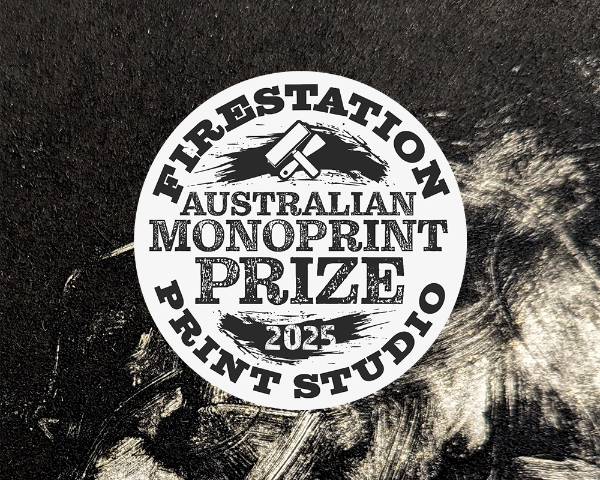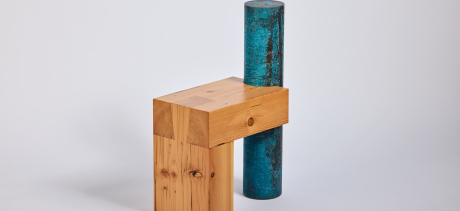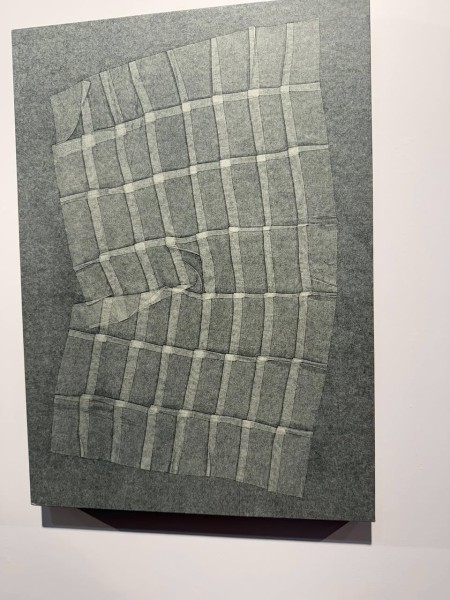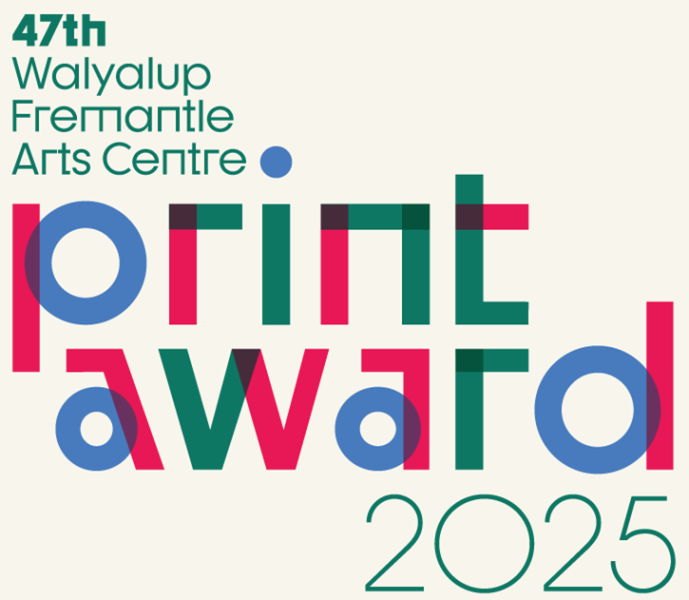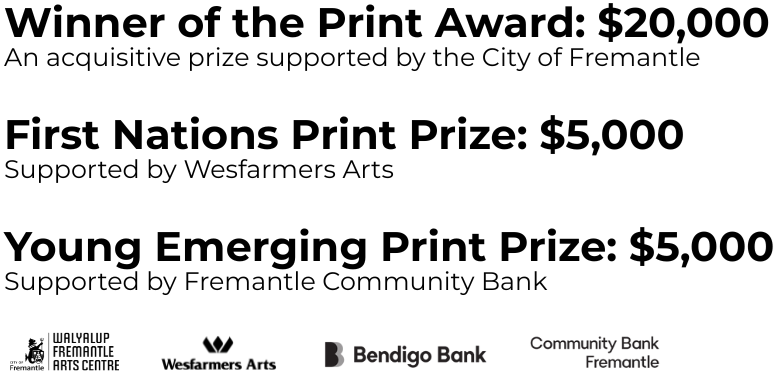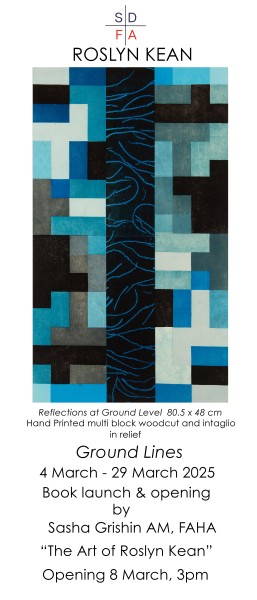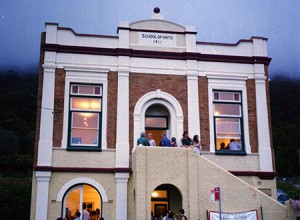
Now in its 13th year, the biennial Hazelhurst Art on Paper Award promotes excellence and innovation in the field of art on paper while supporting and encouraging artists who specialise in this medium.
Curator of the exhibition, Dr Victoria Wynne-Jones, tells ArtsHub, “The most interesting thing about the Award is that paper is not just a medium – it can also be the subject matter.”
She continues, “In the past we’ve had quite large-scale installations, we’ve had photographs printed on paper, we’ve video installations incorporating paper – they all engage with the materiality of paper without making work on paper.”
Wynne-Jones says the Award has a broad remit of material definitions, and can include painting, drawing, sculpture, installation, photography, mixed media, performance and video. Over the history of the Award, Wynne-Jones says she has observed that artists have become “more creative and innovative. I think every time works are chosen by the judge to be the winners, they sort of push the envelope”. She adds that some of the works have also become more expansive in scale with time.
Entries for the Hazelhurst Art on Paper Award have opened and, with a prize pool of $26,000 and an average of 80 finalists chosen each year, it is a good one to consider. The judge for this year’s prize is Daniel Mudie Cunningham, a previous Curator at Hazelhurst Arts Centre, and now Director of Wollongong Art Gallery.
Wynne-Jones says that, as a curator working on the Award exhibition , she has found its diversity “quite liberating”, adding that she is “an artist-led curator, and I just try and create a cohesive journey for gallery visitors through the space”.
More than a drawing prize – it’s about paper as a medium

Simply, the Award recognises outstanding artworks created with, on, or about paper. It is about celebrating the potential of paper as a medium for artistic expression.
Wynne-Jones reflects, “I think often, still in this day and age, art is very hierarchical, and painting reigns supreme. It’s just nice to have an award that celebrates paper, and I think differentiating it from drawing is a key aspect. While drawing is a preparatory process for many artists, the Award demonstrates that working on paper is an end in itself.”
She adds that this very familiarity with paper as a material makes the exhibition extremely accessible. “I think it’s very elemental,” says Wynne-Jones. “I feel like working with paper is something humans have been doing for a very long time. I guess, if you think about it, drawing on paper is the first art that we make as children. So it’s very accessible in that way too.”
Wynne-Jones continues: “It can also be quite an intimate medium. And, in this day and age, there’s also the element that it is a natural material, so it’s biodegradable and not terribly hard on the environment. That’s probably an added attraction for many artists. And it’s also very cheap (!), which also makes it accessible.” And her tips for entering? “Just take risks and be brave.”
Key information for your diary
- Entries close: 30 June 2025 To learn more and apply, head to the Hazelhurst Art on Paper Award.
- Finalists announced: Friday 1 August 2025. The finalists will be exhibited at Hazelhurst Arts Centre from 27 September to 25 January 2026.
- The prize pool of $26,000 includes a $15,000 Major Award, $5000 Young and Early Career, a $5000 Friends of Hazelhurst Local Artist Award, a People’s Choice and a Preparator’s Residency Award, which is a four-week residency in the Hazelhurst Cottage.
- The entry fee is $50 per artwork.

